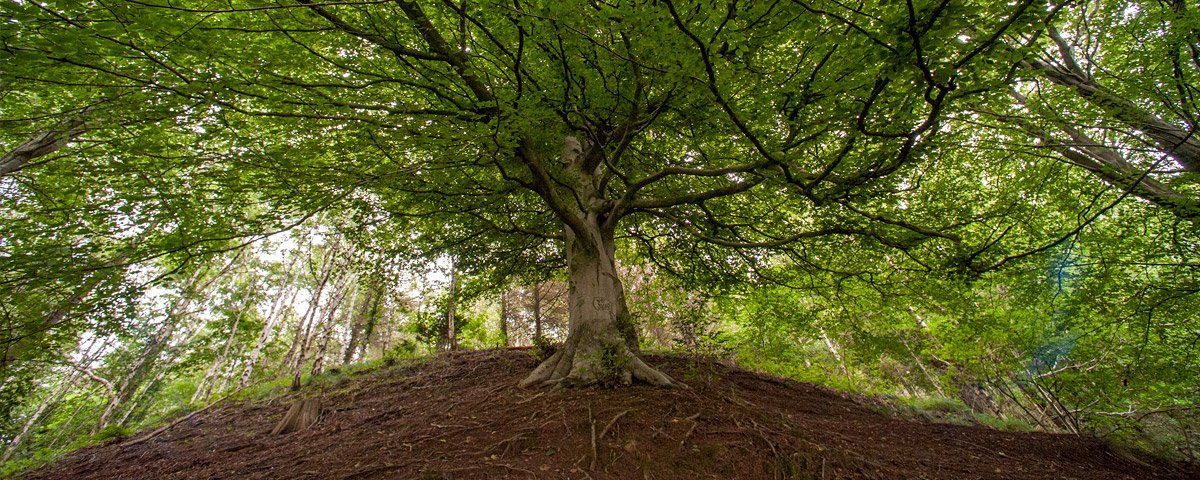Mountsandal is one, if not, the earliest recorded settlement in Ireland, these hunter-gathers would have more than likely moved upriver from settlements in the dune system at Portstewart. The whole country at that time would have been densely forested and rivers provided the easiest way to travel. They lived by hunting animals, fishing and gathering nuts, berries and natural foods. When they encountered the rapids at the 'Salmon Leap' or 'The Cutts' they discovered an ideal site with abundant salmon. The sculpture in the car park on the opposite side of the river with a view across to here was commissioned to mark the site and its ancient significance to the area. The settlement was discovered in a small field adjacent the Mountsandel Fort.
The excavated was led by Peter Woodman in 1972 and provided carbon dated physical evidence of these early settlers dating to 7000 BC, the oldest recorded site of human settlement in Ireland. The evidence uncovered included hut sites, hearths, storage pits, flint workings and food remains of fish, wild boar, birds and nuts. Mountsandel Fort as we see it today was more than likely a continuation of human settlement from the older site. It was taken over and restructured by the Normans as they reached the river Bann and their strategic boundary on their north-western expansion. There are four sites that I know of on both sides of the river that served a strategic role like this at Coleraine. Mountsandel is also not far away from the old ford at Camus, another strategic crossing point.


